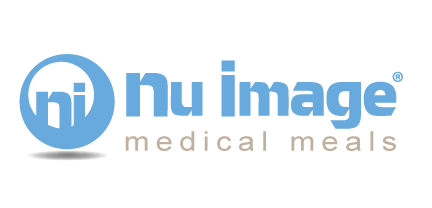Diet Blog Carnival: How Many Calories Do You Really Need?
Jun 11, 2010
Welcome back my friends to the show that never ends... but sometimes goes on hiatus! I'm talking about the Diet-to-Go Diet Blog Carnival which has rolled back into town after a few weeks on the road.
This week we're featuring some of the best current diet, fitness and health blogs found on the Internet. I spent the past few hours scouring the Web so you don't have to!
Today's hot five topics answer the questions: what's the best way to burn more fat, when should I buy organic produce, and how many calories do I really need? Check out the cool calculator tool included with the last topic!
To Burn Or Not To Burn... Fat or Fiction?
At least once a week I'm asked, "Is it better to exercise at a lower intensity to burn fat?" A-hem, uh not exactly. First I'm going to give you the science perspective, then my perspective. Shake 'em together at the end, and see what you come up with.
First, the science. The idea of low-intensity exercises being the secret to burning more fat is in fact not so.
Click for the whole story from fitness expert Nicki Anderson
Is this Peach Safe to Eat?
Chances are you're already well aware that eating organic fruits and vegetables can reduce the risk of getting cancer and other diseases. But, geez, that grocery bill could give a person a heart attack! Well, as it turns out, some of us just might be going overboard.
According to the Environmental Working Group (an organization of scientists, researchers and policymakers), while certain types of organic produce can reduce your exposure to harmful toxins by as much as 80 percent, there's some produce that won't harm you at all, even if it isn't - gasp! - organic.
Click for the complete feature on HealthyVoyager.com
Lose Fat and Stop Yo-Yo Dieting
Weight loss management is your ticket out of yo-yo dieting. It is a simple process that you have to plan... and follow! It requires a process like any goal you are trying to reach. You didn't gain excess weight overnight, so you can't expect to lose it overnight.
Fad diets may allow you to lose 20-30 pounds quickly. But, you will regain that weight (and probably more) if you don't change your body's composition and speed up your metabolism.
Fat loss is more important than weight loss!
Go to AmyApplebaum.com for the rest of the story
Muscle Soreness
Have you ever had an intense workout and about a day later, you woke up feeling like someone beat you throughout the night with a wooden bat? Or about 12 hours after a leg workout you felt like stealing a walker from a senior citizen?
Sounds like a case of delayed onset muscle soreness, or "DOMS" in short. Now don't panic; you didn't do anything "dum" if you're experiencing DOMS. It comes with the wonderful world of exercise, so you don't have to hire a hit man for your trainer or make plans to detonate the local gym.
This soreness is a result from pushing your muscles beyond what they're used to.
You'll find the rest of the feature at ammoathletics.comHow many calories do you need?
How many calories you should eat in order to lose weight depends on your size, activity level, and how fast you want to lose the weight.
The first step is to determine how many calories you currently burn over the course of a day, using the Daily Needs Calculator. Enter your age, sex, height, weight, and lifestyle (sedentary, some what active, etc.).
This is your maintenance number. That means that if you eat this number of calories each day you will likely maintain your current weight. In order to lose weight, you'll need to eat fewer calories.
To lose roughly one pound a week, subtract 500 calories (kcal) from your maintenance number.
Determine how many calories you should be eating each day
Yes, it's Over...
There you have it for this week. The show is over and the tent is coming down. But be sure to come back next Friday and every Friday for the best dieting blogs out there.
Please submit your favorite blogs -- written by you or maybe even ones you've read on your personal journey to wellness.
Click Here to Submit a Post to Next Week's Carnival!
Author: Justin Smith









